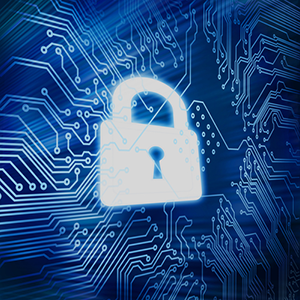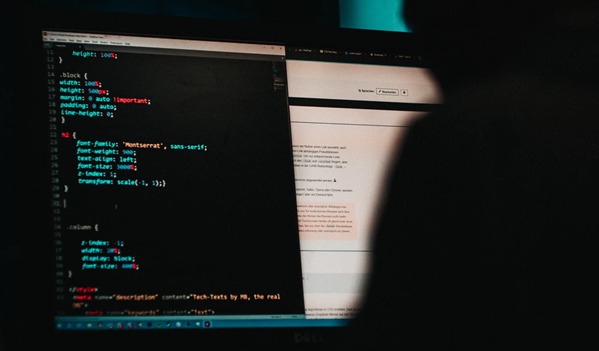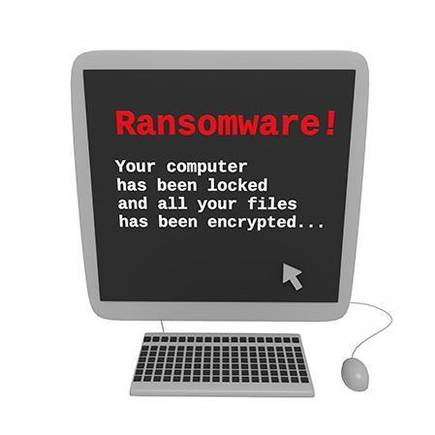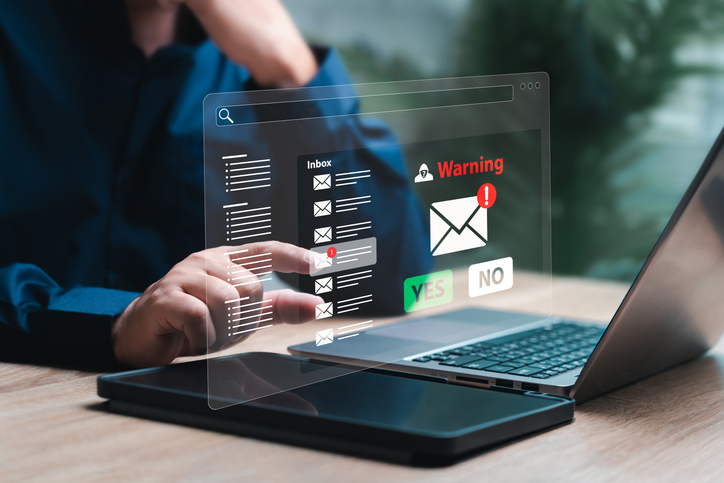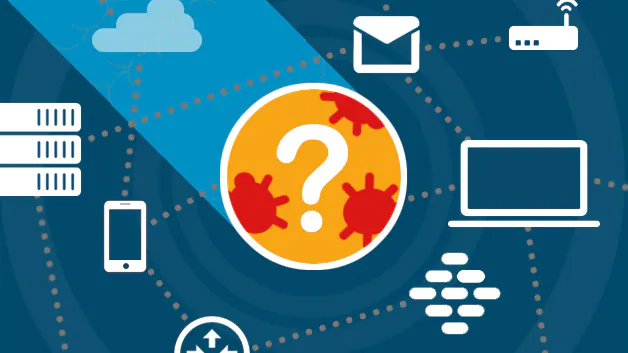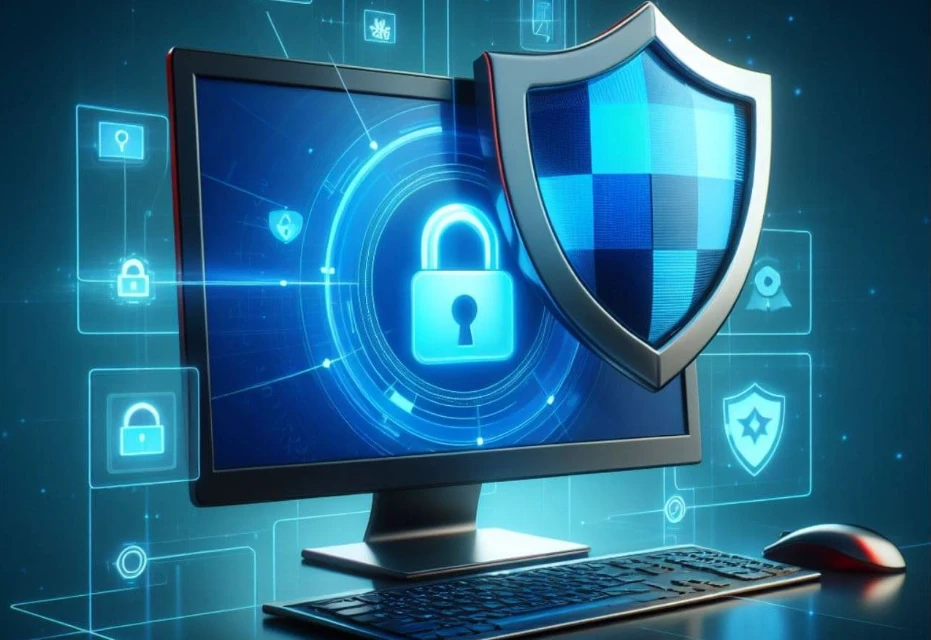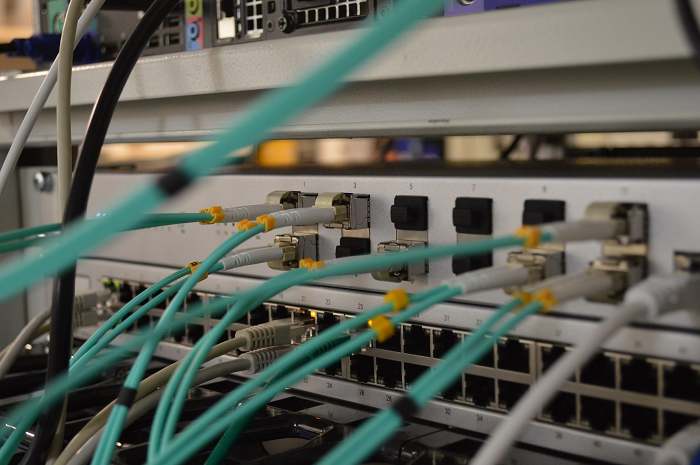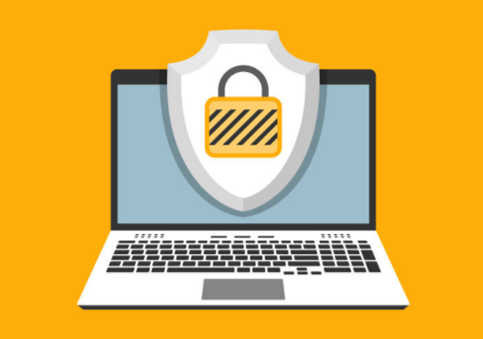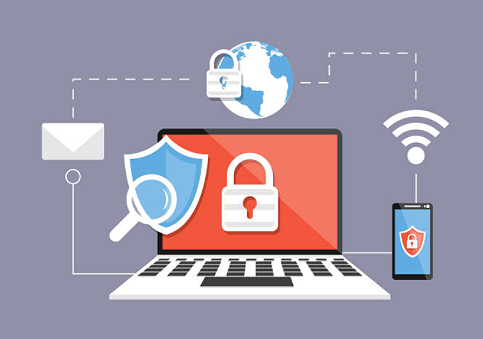Hackers Claim Hewlett Packard Data Breach: How Xcitium’s Zero Trust Approach Prevents Cyberattacks
Updated on January 21, 2025, by Xcitium
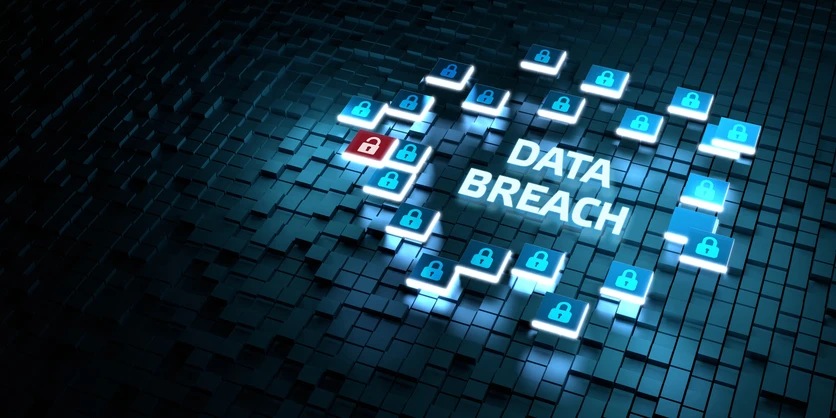
Hewlett Packard (HP) is the latest victim of a major cyberattack, with hackers allegedly selling sensitive corporate data on the dark web. This breach raises critical concerns about the security of enterprise networks and underscores the urgent need for proactive cybersecurity strategies.
As cybercriminals continue to exploit vulnerabilities in enterprise IT environments, companies must abandon outdated security models and adopt an approach that eliminates assumptions about safety. Xcitium’s Zero Trust architecture ensures that every file, application, or executable is verified before it interacts with critical systems—never assuming that something is safe simply because it hasn’t been flagged as malicious.
Why Large Enterprises Like HP Are Prime Targets
Cybercriminals target major corporations like Hewlett Packard for several key reasons:
1. Valuable Intellectual Property
Tech giants store proprietary data, research, and patents, making them attractive to attackers looking to sell or exploit trade secrets.
2. Massive Data Repositories
Enterprises handle vast amounts of sensitive data, including customer records, employee details, and financial information.
3. Complex IT Infrastructures
Large organizations operate extensive, interconnected networks, often relying on legacy systems that introduce security gaps.
4. Supply Chain Vulnerabilities
Enterprise networks often integrate third-party vendors and partners, increasing the risk of indirect breaches.
The Impact of the HP Data Breach
The repercussions of this data breach extend beyond Hewlett Packard’s internal network. Potential consequences include:
- Intellectual Property Theft: Stolen research and development data could be sold or used by competitors.
- Financial and Reputational Damage: Loss of trust from clients and stakeholders, leading to reduced market confidence.
- Regulatory Scrutiny: Potential violations of data protection laws, leading to legal penalties.
- Further Exploitation: Stolen credentials and access points can be leveraged for future attacks.
Moving Beyond Traditional Cybersecurity Defenses
Relying on conventional endpoint security and network defenses is no longer enough to prevent sophisticated cyber threats. Instead of assuming that an unflagged file or application is safe, companies must adopt a proactive Zero Trust approach that verifies every executable before allowing it to interact with enterprise systems.
Xcitium’s Zero Trust Approach: The Future of Enterprise Cybersecurity
Unlike access-based Zero Trust solutions that focus on authenticating users and permissions, Xcitium enforces file and application-level Zero Trust to stop cyber threats before they execute.
1. No Assumptions About Safety
Every file, application, and executable is verified. If its safety is unknown, it is automatically contained until further analysis is completed.
2. Real-Time Threat Containment
Xcitium’s ZeroDwell technology isolates unknown threats in real time without negatively impacting business operations by virtualizing their attack vectors preventing malware, ransomware, and exploits from achieving their targeted outcomes.
3. Proactive Risk Management
Instead of reacting to alerts after an attack has occurred, Xcitium ensures that all potential threats are neutralized before they can impact enterprise systems.
4. Scalable Protection for Large Enterprises
Xcitium’s solutions are designed to handle the complexity and scale of enterprise IT environments, providing protection across all endpoints and network layers.
How Enterprises Can Strengthen Their Cybersecurity Posture
1. Adopt a Proactive Zero Trust Framework
Enterprises must implement security models that validate every file and executable before allowing them to run without disrupting business operations.
2. Deploy Real-Time Threat Containment
Cybersecurity solutions should prevent threats from executing, not just detect them after the fact.
3. Conduct Regular Security Audits
Continuous risk assessment helps identify and remediate vulnerabilities before attackers can exploit them.
4. Monitor Supply Chain Security
Enterprises must ensure that third-party vendors adhere to strict cybersecurity protocols to prevent indirect breaches.
5. Invest in Advanced Threat Intelligence
Real-time monitoring and analytics enable organizations to detect suspicious activities before they escalate into full-blown breaches.
How Xcitium Protects Large Enterprises Like HP
Xcitium’s advanced security solutions provide enterprises with the tools needed to combat sophisticated cyber threats:
- ZeroDwell Technology: Instantly isolates and neutralizes unknown threats before they can execute.
- Proactive Threat Validation: Ensures that all files, applications, and executables are verified for safety.
- Enterprise-Grade Scalability: Protects vast networks, cloud environments, and endpoints without impacting performance.
- Advanced Compliance Support: Helps organizations meet data protection regulations and avoid penalties.
- AI-Powered Risk Analysis: Provides real-time insights into emerging threats and vulnerabilities.
Conclusion: Preventing the Next Enterprise Breach
The Hewlett Packard data breach serves as yet another reminder that no organization is immune to cyber threats. In today’s threat landscape, reactive cybersecurity is no longer enough—companies must take a Zero Trust approach that ensures no file, application, or executable is assumed safe without verification.
Xcitium’s ZeroDwell technology and proactive threat validation provide enterprises with the most effective defense against modern cyber threats, preventing breaches before they happen.
By adopting Xcitium’s Zero Trust architecture, companies can eliminate unknown risks, protect critical assets, and prevent costly data breaches like the one affecting HP.
Cybersecurity is no longer about responding to attacks—it’s about stopping them before they even start. With Xcitium, prevention isn’t just possible; it’s guaranteed.




